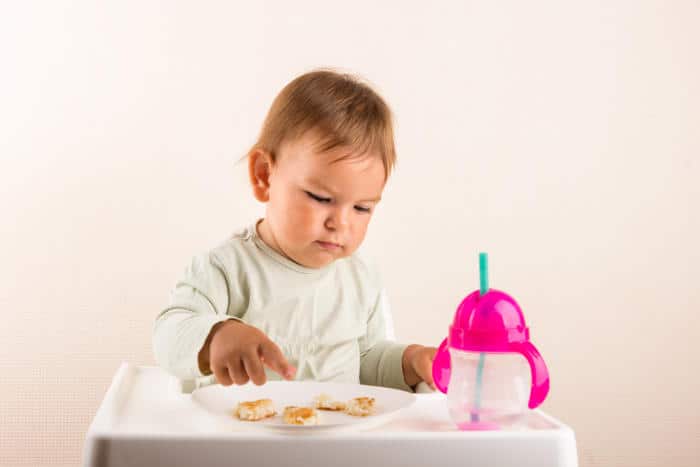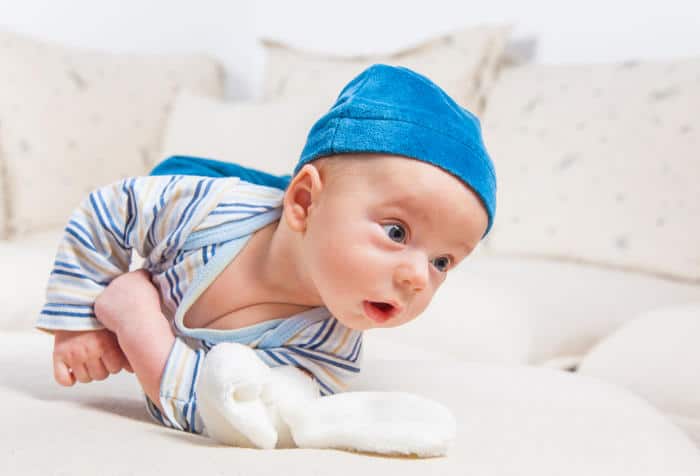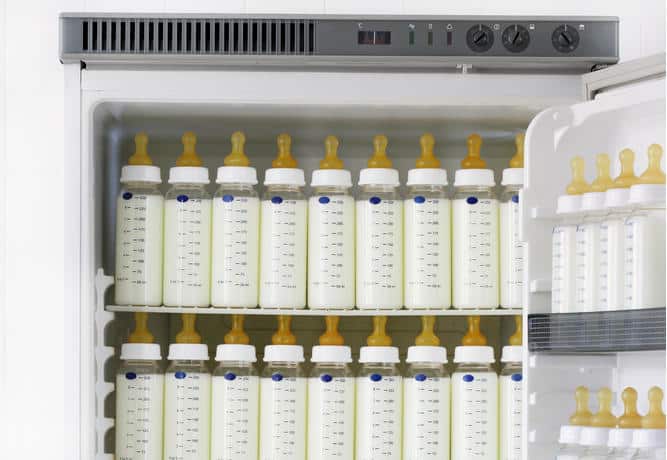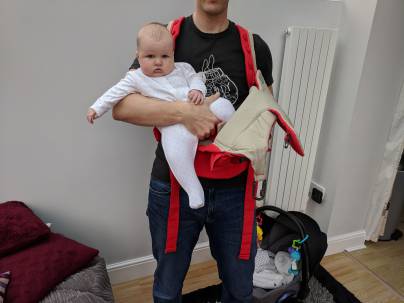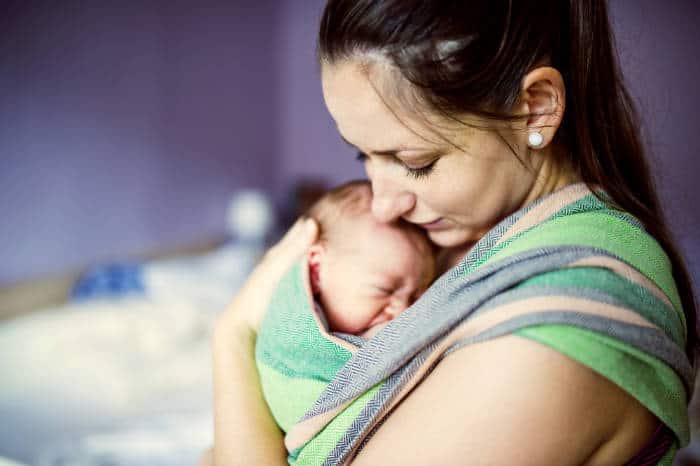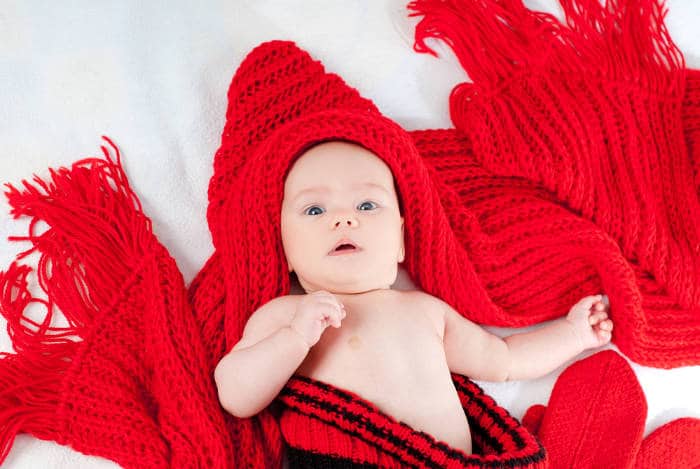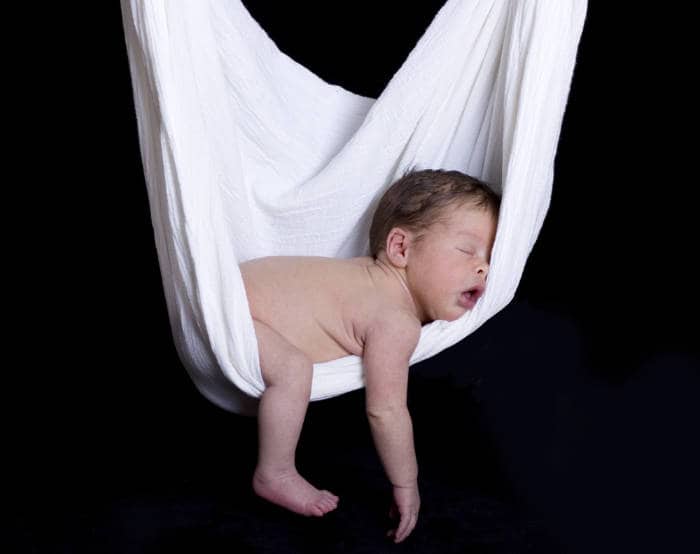Every parent dives into parenthood expecting change. They know their lives will change, their homes will adjust, and their baby will undoubtedly grow into a child. Babies go through periods of tremendous change and for the first year, it flies as fast as a high-speed rail train as your baby moves through developmental stages and growth spurts.
And while parents go in knowing this, they might not have a clear understanding of the different stages and where they end and begin. Growth and development are highly complex and children can experience it in varying ways, but for the most part, we know when they should hit important milestones.
We’ve taken the broadest developmental stages of preemie, newborn, infant, baby, toddler, preschooler, and kid and outlined the ages at which your child will come into those stages. We’ve also researched some of the major milestones within each stage to give you a decent understanding of what you can expect at each age. Of course, each child is different and there are far more changes than we can list here, but let this be a springboard for understanding early development.
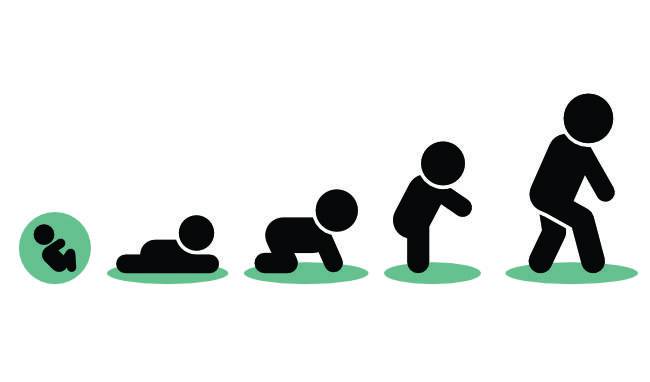
Preemie
The dictionary definition of preemie is: a baby born prematurely. But what does that really mean? Pregnancy lengths vary slightly from woman to woman. However, we define a full-term pregnancy as lasting to 39-40 weeks.
Preemies are babies born before the 37th week which allows for a little wiggle room between weeks 37 and 40. For the most part, preemies follow the same developmental stages as full-term babies. However, professionals account for prematurity by calculating the baby’s “adjusted age” which is the actual age – weeks early = adjusted age. Once preemies are able to breathe without the aid of oxygen and are able to go home (as long as they didn’t experience significant complications), their development stages aren’t drastically different from full-term newborns.
Newborn
By most accounts, the term newborn means babies under the age of 2 months. However, the newborn stage is a little more subjective. For example, the term “neonate” is also used to describe a newborn and this period covers your baby’s first 4 weeks of life.
In other languages and cultures, you might hear an infant or newborn be referred to as bambino (Italian), bairn (Scottish), nursling, or nipper (British), among others. Across continents, the vocabulary may vary, but we collectively recognize the distinct stages of an infant’s first year.
Newborns, for example, are fresh from the womb and spend a considerable amount of time sleeping. On average, they (should) get 14-17 hours of shut-eye in a day. They also nurse/or bottle feed every 2-4 hours. For the most part, they repeat the sleep, eat, play cycle for the first 2-3 months.
Infant
While the newborn stage only encompasses a few months, the infant stage casts a wider net, lasting from birth to 12 months. Like newborns, other cultures continue to have their own terms and nicknames for the baby stage, with bambino, bairn, nursling, etc., carrying over past the newborn stage.
During the infant stage, your baby will tackle some major milestones. They go from being swaddled and cooing quietly to rolling over, sitting up, scooting, crawling, and eventually walking. They also begin to incorporate solid foods into their diet of mostly milk. In that time, your baby also takes the first steps toward communication, though the exact age of their first words can vary widely.
Toddler
When someone refers to their toddler, they could mean their child of 1-3 years, though the exact parameters offer some wiggle room. Most people tend to think of toddlers as children that are “toddling around,” hence the term “toddler.”
However, you may feel your baby reaches the toddler stage a little early or a little late depending on how they tackle their milestones. Toddlers are growing and developing fast, however the pace slows slightly from the infant stage. They also tend to slim down and gain less weight from month to month. This can be a result of weaning and being more active overall.
As your child comes into toddlerhood, you’ll notice a greater handle on coordination with a smoother gait, a handle on running, and better body awareness/control. Ideally, your child will become less clumsy. Their speech also improves as words and sentences become easier to understand and your babbling babe blossoms into having full conversations. It’s during this time your little one will also tackle potty training, basic hygiene routines, and some chores.
In other cultures such as Japan or Ireland, children begin taking on household chores around age 2 or 3. These can be as simple as throwing away trash, folding simple laundry, picking up toys. While some families do this in the U.S., there is a definite emphasis in other countries. If you find yourself interested in teaching independence for toddlers, Montessori parenting could be helpful.
Baby
The label of “baby” casts perhaps the widest net and covers your infant from birth to 4 years. It’s the most generic of the titles. The same milestones and stages apply. It’s simply a matter of semantics.
Preschooler
The preschool stage overlaps with the toddler stage and, of course, the baby stage. Children in this stage have a grasp of movement and language. The major leaps in motor skills may slow, but intellect soars.
During the preschool age range, there is a large emphasis on cognitive, social, and emotional development. They also grasp onto independence as they establish themselves as separate individuals from mom/dad/parents. This is also when your baby enters the “why” stage and will spend much of his/her waking hours as that question.
Around this time, your child will become ready to dive into basic school principles and tasks. Some examples of what you might introduce include: basic routines, seasons, days of the week, colors, numbers, letters, reading, art, music, sensory activities, building sets, etc. Whether you decide to introduce these concepts at home or at a traditional preschool, keeping them engaged is beneficial for their development and self-esteem.
Kid
While you may say “kid,” other establishments such as hospitals or schools might label this age range as simply “childhood” or “grade school range”. It encompasses the years 5-12 and will hold some of the biggest changes in a child’s life.
During this stage, most children have a firm handle on moving and speaking. However, this is also a time when kids with exceptional athleticism and cognitive gifts begin to shine. Children vary widely and we most often pick up on that when they start school and recreational activities. Toward the end of this stage (though the timing can vary widely) boys and girls will encounter the first signs of puberty. Girls tend to experience puberty earlier and it may happen entirely before year 12.
Some other major areas of growth for kids also include the ability to follow directions (written and spoken), peer relationships, and boundary testing. While the latter might not sound positive, this is where your kid learns the expectations of parents, teachers, and friends. All of the above are important for a child as they carve out their place in the world and learn the parameters of their individual reality.


